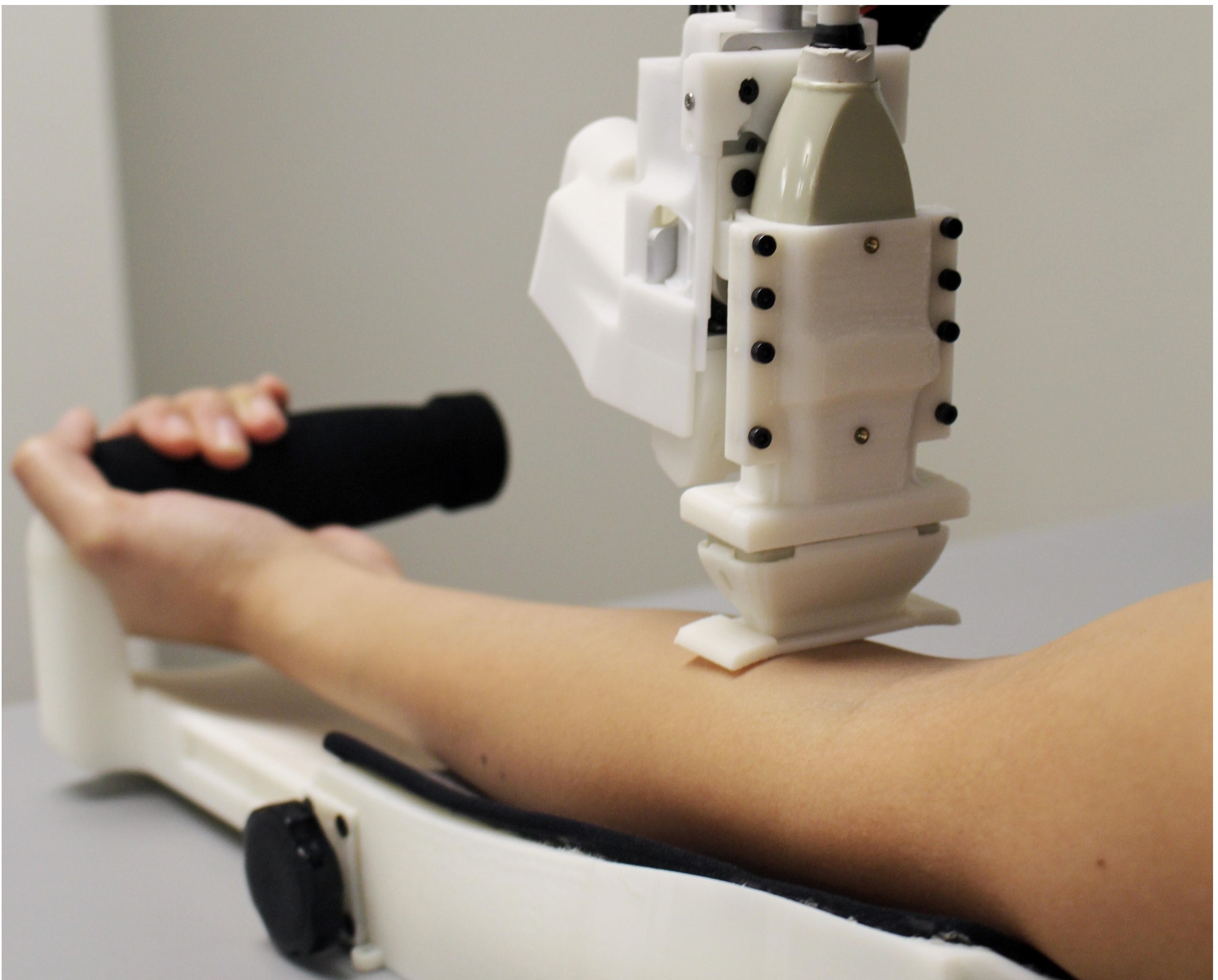. Ashita Tolwani, a nephrologist at the University of Alabama at Birmingham, explains how COVID-19 is impacting patients and putting a strain on the availability of dialysis supplies..
Tag: Dialysis
Racial/Ethnic Disparities in Stroke-Prevention Among Patients Undergoing Dialysis
• Among patients with kidney failure and atrial fibrillation, Black, Hispanic White, and Asian patients filled prescriptions of stroke-preventive medications less often than non-Hispanic White patients, and they were more likely to experience stroke.
• Equalizing the distribution of these medications would prevent 7%–12% of the stroke disparity among racial/ethnic minorities.
Thousands of uninsured kidney disease patients strain Texas emergency departments each year
More than 10,000 uninsured patients sought care at Texas emergency departments for lifesaving kidney dialysis in 2017, incurring more than $21.8 million in hospital costs, according to researchers from UTHealth.

New Robot Does Superior Job Sampling Blood
In the future, robots could take blood samples, benefiting patients and healthcare workers alike. A Rutgers-led team has created a blood-sampling robot that performed as well or better than people, according to the first human clinical trial of an automated blood drawing and testing device.
How Do Outcomes for In-Hospital Cardiac Arrest Differ in Patients Treated with Long-Term Dialysis?
• Among patients who experience cardiac arrest while in the hospital, those on dialysis were less likely to have a shockable rhythm and more likely to be outside of the intensive care unit at the time of arrest compared with patients not on dialysis.
• Patients on dialysis had lower scores for resuscitation quality, and they were less likely to have defibrillation within 2 minutes.
• Patients on dialysis had a similar likelihood of surviving to hospital discharge, and they had better neurological function at the time of discharge.
Study Examines Safety-Net Care for U.S. Patients on Maintenance Dialysis
This study identified the types of dialysis facilities in the United States that care for “safety-net reliant” dialysis patients—those who are uninsured or have only Medicaid coverage and do not qualify for Medicare.
Racial/Ethnic Differences in Mortality for Patients on Dialysis in U.S. Territories and States
• In an analysis of patients treated with dialysis in the 5 U.S. territories and the 50 U.S. states between 1995 and 2012, the mortality rates were similar for Whites or Blacks, and higher for Hispanics and Asians in the territories.
Peritoneal Dialysis Use Has Increased in the United States after Medicare Payment Reform
• After a Medicare payment policy related to dialysis was implemented in 2011, use of home-based peritoneal dialysis increased significantly.
• Increases were seen for both “early” and “late” peritoneal dialysis: more patients initiated dialysis with peritoneal dialysis and more patients switched from hemodialysis to peritoneal dialysis.

Simulations Characterize Turbulence Caused by Common Connection for Dialysis
The complex interplay among the arteriovenous grafts, the vessels they connect, and the blood they transport has been difficult to simulate with computers, but one new method provides a way. Researchers report in Physics of Fluids on a series of simulations that reconstructed the fluid dynamics affected by the insertion of an AVG.